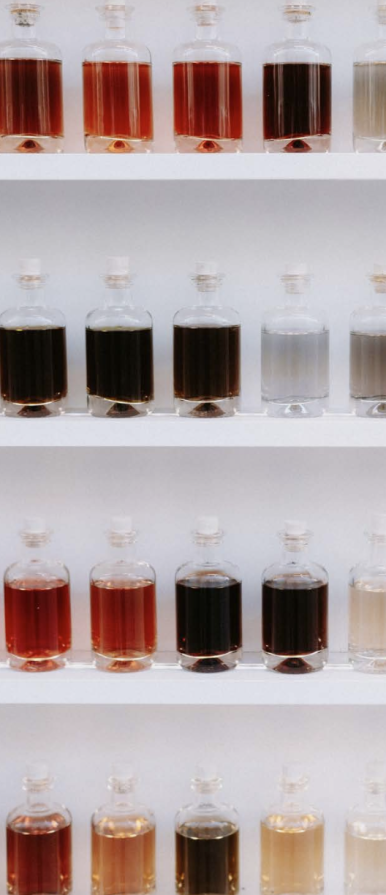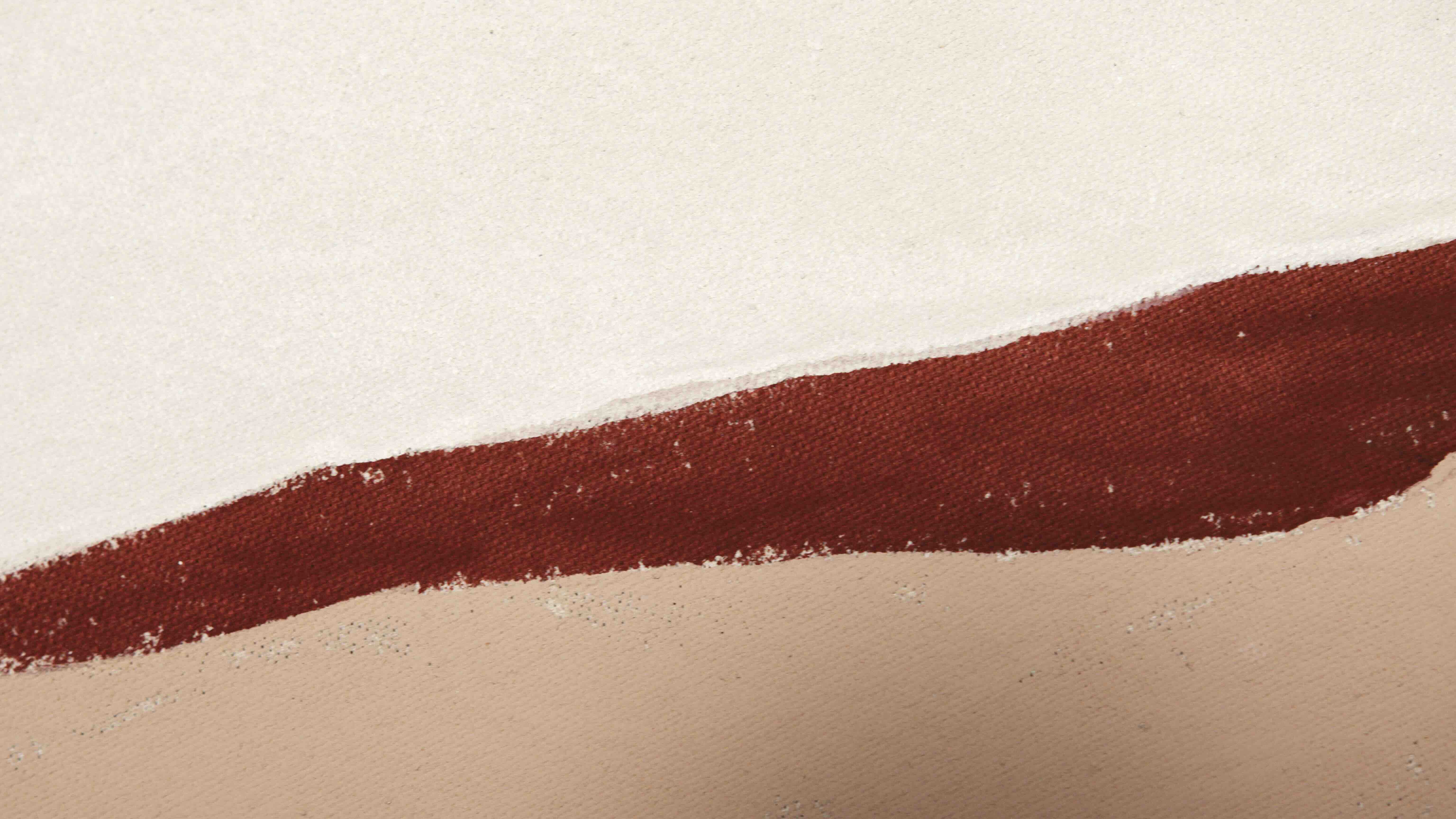The ‘a better way’ testimonials – the composition criteria The - Première Vision Paris
Proof by example! Through the ‘a better way’ programme, we invite you to discover the initiatives of Première Vision exhibitors committed to a sustainable transition in their design and production models. Today, let’s get to the heart of material composition.
Certifications, the assurance of controlled specifications
The first step towards responsible sourcing is often to select certified materials. There are many familiar acronyms that attest to the organic nature of materials (GOTS), recycled materials (GRS), animal welfare criteria (RWS, RMS, RAS for wool, mohair or alpaca), sustainably managed forests (FSC) or the production conditions of a tannery (LWG). The ‘a better way’ programme validates this criterion for exhibitors offering 30% of their textile collection certified.
Recycled materials, optimising existing resources

With the aim of reducing the footprint on virgin resources, whether of natural or petrochemical origin, the Première Vision exhibitors are displaying a multiplicity of recycled grades in their offerings.
Inovafil has made recycled resources one of the pillars of its raw materials supply. Whether pre-consumer resources (industrial waste, production off-cuts) or post-consumer resources (garments that have already had a first life), the spinner works hard to identify the best partners with whom to develop its mechanical or chemical materials recycling projects. After a research phase with technical centres to develop POCs (Proof Of Concept), Inovafil is approaching industrialists who can support it with larger volumes in order to scale up.
Committed from the outset and faithful to the idea that we design today with respect for future generations, Rui Martins, CEO of Inovafil, points to a paradigm shift: “We’re throwing materials away, and our grandchildren will be looking at us like we’re crazy in a few years’ time! In 1 or 2 decades, what the industry continues to do today will make no sense”. While certain mechanical recycling technologies are not yet able to process certain fibres or mixtures, research is focusing on chemical recycling. Inovafil supported the first innovative developments in 2017, working with Infinited fibre, Evernu’s Nucycl and Renewcell’s Circulose. These new generations offer 2nd generation cellulosic materials, recycled by chemical process from cotton-rich resources. Science is the key to meeting the urgent need for responsibility.
The next step is to move towards closed-loop recycling, from textile to textile, a major challenge, particularly for polyester, the world’s leading fibre, or to highlight fibres such as recyclable PLA from Noosa.
Read also: ‘a better way’ programme criteria #4: Product composition/processes
Emerging alternative materials, the choice of the future
While certified materials and lower-impact processes have won over many buyers, research continues to advance to broaden the portfolio of fibres that can meet industrial constraints and environmental challenges.
Certain ancestral materials, led by flax and hemp, are enjoying a boom due to the ecosystem benefits of these fibres, which strengthen the soil and require little water or inputs to ensure their growth.
Plant waste is also encouraging the emergence of a new generation of fibres derived from hemp or banana residues, recycled with the technological expertise of Circular Systems and Inovafil.
Always on the lookout for new solutions to support new generations of responsible materials, after having collected biodegradable polyesters, Inovafil is now considering the use of one of the most abundant consumer waste products: potatoes.
Read also: Smart Key : Quels choix pour un sourcing responsable ?
The Absence of hazardous substances, a challenge for consumer reassurance and complianceé
The ‘a better way’ programme focuses on the absence of residues of hazardous substances (chemicals, pesticides, heavy metals, etc.) tested and verified by an independent external laboratory. The environmental health issue, the CSR objectives of brands, consumer expectations and regulations (REACH regulations in France, PFA regulations in several American states, etc.) are all converging towards an examination of the specifications for chemical substances.
British Millerain has invested in new processes to guarantee the quality for which they have been renowned since 1808, as well as water-repellent performance to meet the most stringent specifications. Their materials meet the requirements of ZDHC (Zero Discharge of Hazardous Chemicals).
Processes are evolving with waxed materials developed in a closed loop, where surplus wax from one production run goes back into a new cycle without waste. Made from 98% plant-based resources, the waxes tend towards natural performance. In addition to these new finishes, the company also offers innovations based on a very dense weave of organic cotton, providing water-repellent and downproof performance.

Read also: Today’s eco-question: Water-repellent, stain-resistant – how do textiles containing PFAs impact our environment?
Lifecycle assessment: checking with quantified data
In order to identify the processes with the greatest environmental impact and to guide informed choices, Life Cycle Analyses can be used as a tool to consider how developments should be transformed. The approach is multi-stage, from the extraction of raw materials to the end of the product’s life, and multi-criteria, examining different categories of impact such as effects on the climate, biodiversity and resources. These life cycle analyses, when carried out in accordance with ISO standards 14040 and 14044, can provide tangible evidence for environmental claims..


